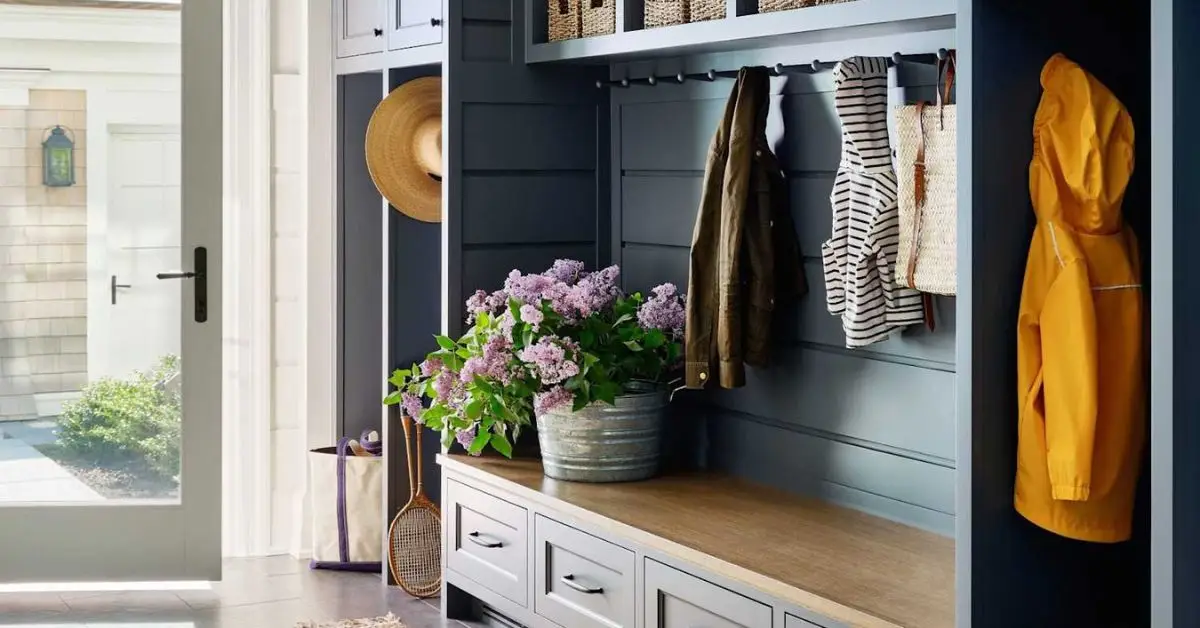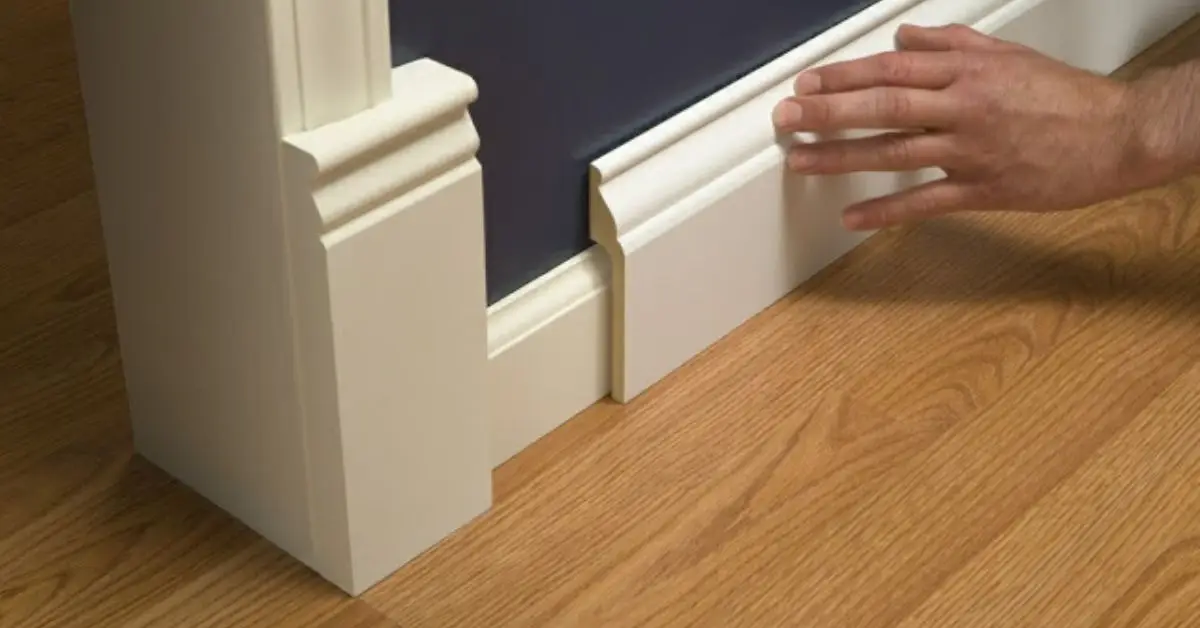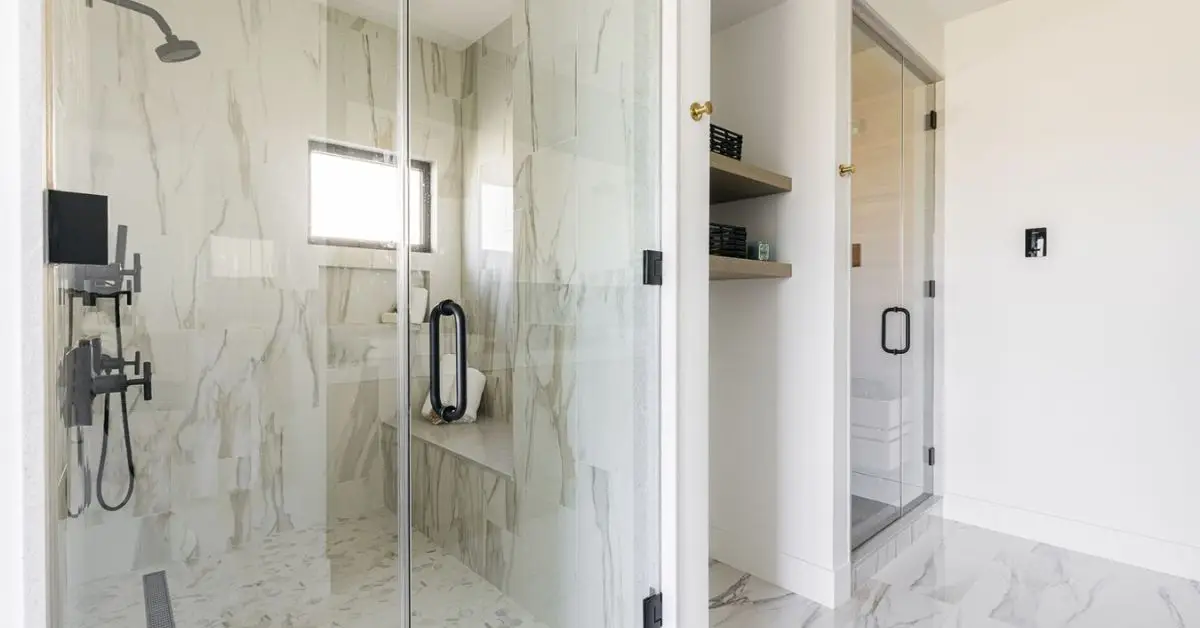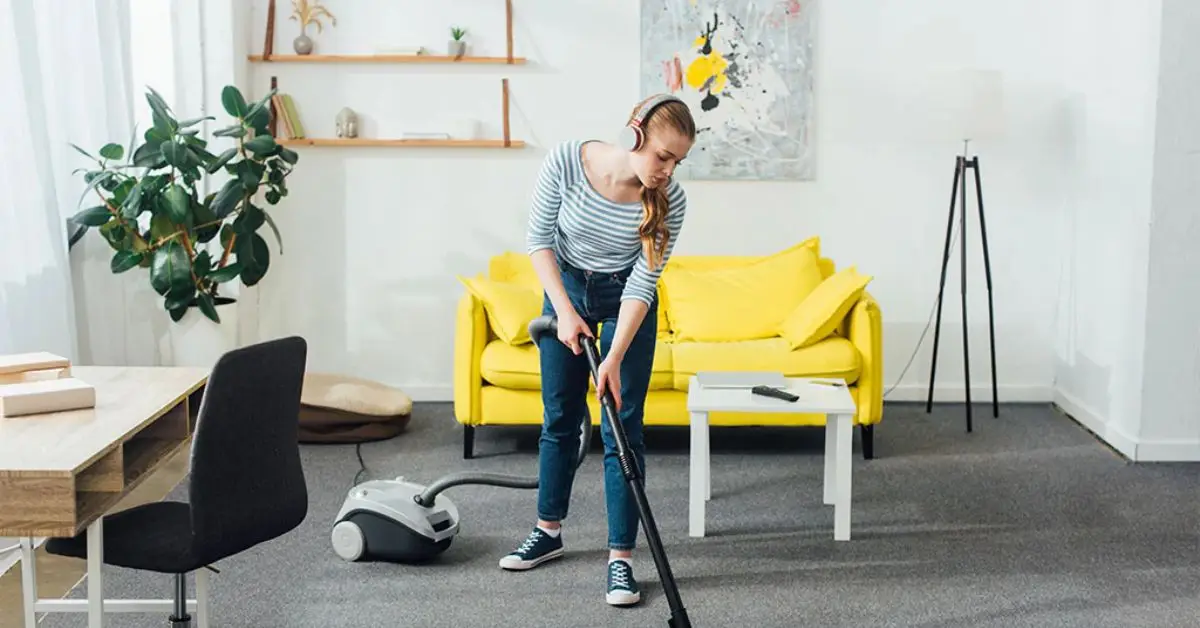Before You List: 10 Dirty Spots That Could Kill Your Home Sale
Selling your house can feel like a sprint and a marathon at the same time. You’re juggling photos, showings, paperwork—and in the middle of it all, trying to make the place look spotless. But here’s the truth most people miss: it’s not the big, obvious areas that ruin first impressions. It’s the small, grimy, often-forgotten spots.
I’ve walked through hundreds of homes with buyers. You’d be shocked how many of them pause at dusty vents, smudged light switches, or sticky cabinet handles. These little things stick out because they whisper, “This home hasn’t been taken care of.” That whisper is enough to make buyers second-guess their offer—or walk away.
So if you’re prepping to list your home and you want top dollar (or just a faster sale), don’t just clean—clean smart. In this guide, I’ll show you 10 spots most sellers overlook, but buyers always notice. You don’t need a fancy staging company or a deep clean crew. You just need to know where to look—and what to do.
Let’s dig in.
Quick question for you: Have you ever walked into a house and been turned off by something small—but couldn’t stop thinking about it? Tell me in the comments.
Why This Article Is Different From What You’ll See on Google
If you’ve already Googled “how to clean your house to sell it”, you’ve probably seen the usual suspects: sweep the floors, wipe the countertops, clean the bathroom mirror. It’s all… fine. But it’s not what gets a house sold faster.
Here’s the issue: Most of those articles are written like checklists, not by people who’ve actually sold a home, shown one, or bought one recently. They cover basic stuff—some of it helpful, but most of it painfully obvious. Worse, they ignore the emotional side of selling. What are buyers really thinking when they walk in? What makes them feel uneasy? What small details quietly say, “This place isn’t move-in ready”?
That’s the real search intent behind your Google query. You don’t just want to clean—you want to prepare. You want to make buyers fall in love fast, and you want zero red flags slowing you down.
And yet? Most articles skip the human part of the sale.
This guide doesn’t do that.
I wrote it with the mindset of both a seller and a buyer—because I’ve been on both sides. And I’ll walk you through the overlooked spots that can actually make or break your deal (with expert insights, real-world advice, and zero fluff).
What Most Articles Get Wrong (And What They All Repeat)
Let me be blunt: most of the top articles on this topic are nearly identical. Redfin, HomeLight, even Cleaning Institute—they all say the same thing in slightly different words.
Here’s what they all repeat:
- Clean the kitchen and bathrooms
- Mop the floors
- Declutter your space
- Wipe windows and mirrors
- Neutralize odors
- Stage a bit, maybe add flowers
And yes, all that’s important. But none of them go deep into the buyer’s eye view. They tell you to clean the “bathroom” but not the grimy grout or the lime buildup on the faucet. They say “declutter” but skip over how important it is to scrub inside drawers and cabinets, because buyers will open them.
Almost all of them follow a generic formula. No real stories. No real stakes. Just bullet-pointed advice that sounds like it was written by someone who’s never been to an open house.
Here’s what’s missing in those articles:
- No mention of high-touch areas (like light switches, knobs, and door frames)
- No advice on cleaning under appliances
- They ignore buyer psychology—what triggers second thoughts
- No emotional connection to the stress or urgency a seller feels
- Very little expert or homeowner input (Reddit, realtors, real sellers)
- No practical order or cleaning strategy (how to get it all done without burnout)
You deserve more than a copy-paste checklist.
That’s why the rest of this article focuses on real blind spots—places buyers notice but sellers forget. I’ll also give you tips I’ve seen work in actual home sales. No fluff. Just high-impact fixes that matter.
The 10 Overlooked Spots That Actually Matter

When you’re getting ready to sell, it’s easy to focus on the obvious—floors, countertops, maybe staging the living room. But it’s usually the overlooked details that leave the biggest impressions. Buyers pick up on small things that signal how well a home’s been maintained. And if they feel like a home hasn’t been cared for, that hesitation can lead to lower offers—or no offer at all.
Here are six places most sellers forget to clean, but buyers quietly notice every time.
1. Light Switches, Outlet Covers & Doorknobs
These are some of the most touched (and most ignored) spots in the house. After years of use, they’re often smudged, slightly discolored, or dust-covered. You might not notice anymore—but buyers do. That split-second contact with a sticky switch or greasy doorknob can shift their entire impression of your home.
A quick wipe with a damp cloth or a magic sponge goes a long way.
2. Window Tracks & Sills
You’ve cleaned the glass—but what about the grime trapped in the tracks? Or the dust piling up on the sills? These areas often collect dead bugs, pollen, and mildew, especially in older homes or homes that haven’t been aired out.
3. Inside Cabinets, Drawers & Closet Shelves
Yes, buyers will open your cabinets. And when they do, they’ll notice the crumbs in the corner, the sticky shelf liner, or the faint smell of forgotten spices.
Even in a clean kitchen, dirty cabinet interiors feel like neglect. I always recommend wiping everything down, tossing old liners, and airing things out. It’s the kind of small effort that builds confidence in your home’s upkeep.
4. Behind and Under Appliances
If you’ve never pulled out your fridge or stove, this might be the moment of truth. Dust bunnies, old spills, maybe a rogue sock—it all ends up here. And while buyers probably won’t be moving appliances during the showing, many will peek behind or around them just enough to get an idea.
5. Baseboards & Trim
Baseboards are like the frame around a photo—if they’re dirty or scuffed, they cheapen the whole picture. Same goes for door trim and crown molding. These edges collect dust and damage over time, and when left untouched, they make the home feel more worn down than it is.

A quick wipe with a microfiber cloth often does the job. In some cases, touching up the paint can make a surprisingly big difference—especially in listing photos.
6. Ceiling Corners, Fans & Light Fixtures
Cobwebs in the corners. Dusty ceiling fan blades. Yellowed light diffusers. They might not be at eye level, but they absolutely stand out. I’ve watched buyers look up, frown slightly, then say nothing—until they walk away and bring it up later.
Professional home stagers consistently list these areas as some of the most overlooked but critical when preparing a house to sell.
7. HVAC Vents & Air Filters
This one’s huge, especially if your home’s been closed up for a while or has pets. Dirty vents can trigger allergies or just make the air feel stale—and that’s something buyers notice right away, even if they can’t name it.
Swap out old filters, vacuum the vent covers, and give the surrounding drywall a quick dusting.
8. Ceilings & Walls (Spot Cleaning + Touch-Ups)
You’d be amazed how many small marks buyers notice—scuffs behind chairs, fingerprints near light switches, even water spots near the ceiling. These little flaws don’t show up in listing photos, but they show up in person. And once someone sees them, they often can’t unsee them.
This doesn’t mean you have to repaint your entire home. A magic sponge or small paint touch-up kit can take care of most of it. I recommend walking through each room slowly, from a buyer’s perspective, and spotting any wall damage you’ve learned to ignore.
9. Bathroom Fixtures (Grout, Faucets, Shower Doors)
Bathrooms sell homes—but only if they sparkle. And I don’t mean just wiping the sink. Pay attention to faucet buildup, cloudy glass, and especially grout lines. If grout is stained or moldy, no amount of candles or clean towels will fix the impression it gives.

You can clean most grout with a baking soda + vinegar paste and a good brush. If you want more simple, low-cost tricks like that, check out these home-cleaning vinegar + baking soda hacks—they’re easy, effective, and perfect for last-minute showings.
For quick cosmetic fixes, grout pens work wonders and cost next to nothing. This is one of those high-ROI cleaning moves mentioned by realtors like Kimberly Howell in her guide to prepping homes for sale.
10. Trash Cans & Refrigerator Condiment Areas
This might sound minor, but hear me out—buyers notice smells. And two of the worst offenders are trash bins and the sticky, neglected shelf inside your fridge door where half-used bottles live.
Take the trash cans outside, rinse them with bleach, and let them dry in the sun. Then open your fridge and toss anything expired, wipe the sticky spots, and clean out the door compartments. These aren’t big jobs, but they make a big impression.
That wraps the 10 key spots—but honestly, this list isn’t about perfection. It’s about showing buyers that your home has been cared for down to the last detail. That kind of confidence makes people move fast—and offer better.
Bonus Moves That Speed Up the Sale
If you’ve already tackled the overlooked spots we covered, you’re ahead of 90% of other sellers. But if you want to go from “clean” to compelling, here are a few extra steps that can create an instant connection with buyers the moment they walk in.
Declutter Like You’re Already Moving
Most people declutter just enough to make their house look tidy—but not enough to make it feel roomy. Here’s the shift: pack like you’re halfway out already. That means removing half the clothes from your closet, clearing bookshelves, and boxing up your “daily stuff.”
The goal isn’t to fake minimalism—it’s to make buyers feel like your home has more space than they expected. When your closets feel big and your counters feel open, your home feels more expensive.
This advice lines up with feedback from real homeowners on Reddit who swear that early packing made their homes feel show-ready and made moving less overwhelming later.
Let In More Light (Natural + Emotional)
Good lighting doesn’t just make rooms look better—it makes them feel better. Before showings or photos:
- Open all blinds and curtains
- Replace dim or dead bulbs (go for soft white, not harsh LED)
- Use mirrors to bounce light around darker corners
Buyers associate light with comfort, openness, and trust. A well-lit home just feels more livable—even if it’s not huge or fancy.
Fresh Air Matters More Than You Think
Scent is the fastest way to make or break a showing—and you can’t cover up musty air with plug-ins or candles. A better approach? Clean the air first. Open windows for at least 30 minutes before a showing. Let in natural cross-ventilation if weather allows.
If needed, add subtle natural scents: fresh linen, lemon, or clean wood—not anything strong or sweet. According to The Sun’s home-selling tips, scent and airflow are two of the most underestimated buyer turn-ons.
Focus on First Impressions: The Entryway
Your front porch and entry area set the emotional tone. Is it welcoming? Is it clean and bright? Or does it feel neglected?
Sweep the porch, clean the door handle, replace a worn doormat, and consider a potted plant or two. If you want to take your curb appeal up a notch, these outdoor upgrades that can help impress buyers fast are worth checking out. These are small cues that send a big message: this home has been loved and cared for.
The 5-Minute Rule: What Buyers Decide Instantly
Most buyers decide how they feel about a home in the first five minutes. Not based on logic, but vibe. You’re not just cleaning—you’re crafting that feeling.
These bonus moves create subtle comfort. They reduce questions, quiet doubts, and build emotional safety—all of which lead to faster offers and better prices.
How to Clean Smart (Not Just Hard)
By now, you’ve got a solid game plan—but let’s be honest: this much deep cleaning can get overwhelming fast. That’s why having a strategy matters just as much as the actual scrubbing.
Here’s how I recommend you tackle it: zone by zone, with a specific order that prevents wasted effort.
The “Top-to-Bottom” Rule
This is Cleaning 101, but most people forget it mid-way through. Always clean top surfaces first: ceiling corners, fans, shelves, and cabinet tops—then work your way down to floors. That way, you’re not vacuuming twice because dust fell from above.
The American Cleaning Institute backs this method as the most efficient way to deep clean without overlap or burnout.
Clean One Room at a Time — Fully

Jumping between rooms feels productive, but it just scatters your energy. Instead, fully clean one room at a time, including all overlooked spots, then close the door and move on. That momentum keeps you going, and the visible results keep you motivated.
Spread It Over 2–3 Weekends
Don’t try to clean your entire house in a day. It sounds heroic, but it leads to missed spots and burnout. A few smart weekend sessions are more productive than one frantic all-nighter before listing.
In fact, in a Reddit thread about prepping to sell, many sellers said they underestimated how long it would take to clean deeply—plan for twice as long as you think.
Tools That Actually Make It Easier
You don’t need a bunch of gadgets, but a few good tools make a huge difference. If you’re looking for a few clever shortcuts, these TikTok-approved cleaning tricks that actually work are surprisingly smart (and kind of addictive). Here’s what I recommend having on hand:
- Microfiber cloths (get 10–12, you’ll use them all)
- Extendable duster (for ceiling corners and fans)
- Magic Erasers (for switch plates, scuffs, walls)
- White vinegar + baking soda (natural, effective cleaner)
- Vacuum with attachments (especially for vents and tracks)
- Old toothbrush + spray bottle (for grout and edges)
- Grout pen (for quick cosmetic fixes in bathrooms)
If you’re on a budget, skip the fancy sprays and stick to vinegar + warm water—it works on almost everything and leaves no residue.
How Long It Really Takes — And What You Get From It
Let’s talk time—because if you’re selling a home, chances are you’re also juggling work, kids, moving stress, and a million logistics. So how long does it really take to clean your house to sell it?
- Short answer: 20–30 hours spread over 2–3 weekends.
- Long answer: It depends on how deep you go, and how lived-in your house feels.
Realistic Timeline (Based on Actual Sellers)
From Reddit discussions and realtor forums, here’s a rough breakdown:
- Decluttering: 1–2 hours per main room (pack, toss, box)
- Deep cleaning kitchen + bathrooms: 5–6 hours total
- Overlooked spots (vents, walls, doors, etc.): 4–5 hours
- Yard/entry cleanup: 2–3 hours
- Final polish + show-ready stage: 3–4 hours
Some people knock it out in a weekend. Others stretch it over a month alongside packing. The key is starting early—the biggest mistake sellers make is waiting until photos are scheduled to start scrubbing.
But Is It Worth It?
Absolutely. Here’s what sellers and agents consistently say you gain:
- Faster sale — Clean homes feel move-in ready and build urgency
- Higher offers — Buyers mentally deduct cost for anything that feels dirty or broken
- Fewer post-showing regrets — You’re not thinking, “We should’ve fixed that faucet…”
- Better photos — Which means more clicks, more showings, more leverage
In fact, according to a Homelight report, sellers who invested time in deep cleaning saw up to $2,000 more on average in final sale price—just from cleaning alone.
Most Importantly…
You’ll feel more confident walking into that open house or private showing knowing your home is ready—not perfect, but welcoming. And that confidence? It’s contagious. Buyers feel it too.
The Real Reason This Cleaning Checklist Works
When you’re selling your home, you’re not just offering square footage.
You’re offering a feeling—comfort, safety, pride, peace of mind.
A spotless kitchen counter or gleaming bathroom doesn’t just look nice. It tells your buyer:
- This home has been cared for.
- This home is ready for you.
- This home won’t become a project.
That’s why these small, overlooked cleaning tasks matter more than staging or scented candles or throw pillows ever will.
If You Only Remember One Thing
- Don’t chase perfection.
- Focus on clarity, calm, and clean.
- Buyers don’t need your home to feel fancy—they need it to feel fresh, easy, and ready to say yes to.
Over to You
If you were walking into your own home as a stranger—what would you notice first?
Start there. And if you’re overwhelmed, just take it room by room.
You don’t need to do everything in one day. You just need to do the things that matter most.
Which area are you tackling first? Reply or drop a comment—I’d love to know what’s working for you (and what surprised you)!
Want more practical tips to prep your home for a fast, profitable sale? Visit Build Like New for expert-backed advice, checklists, and real homeowner strategies.
Disclaimer: This article is for informational purposes only and does not constitute legal, financial, or real estate advice. Always consult with a licensed professional before making property-related decisions.


